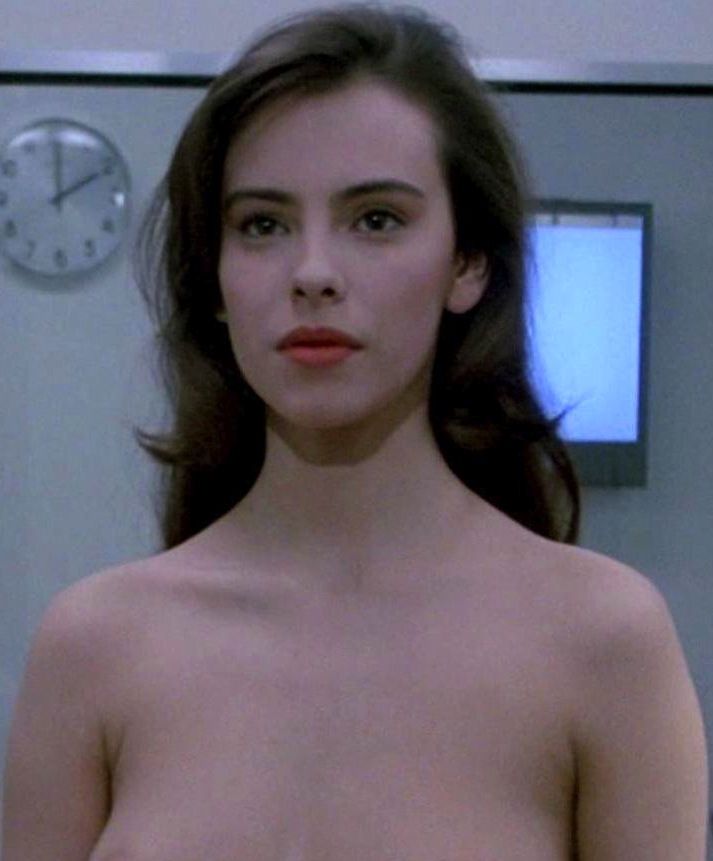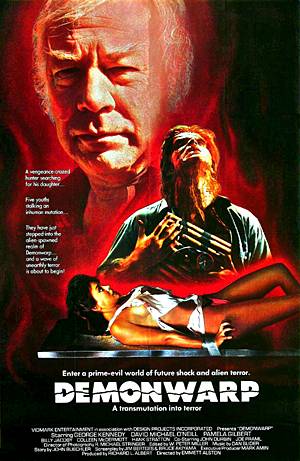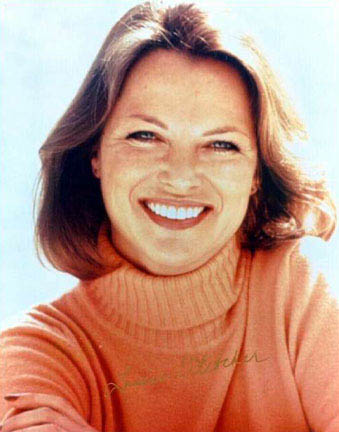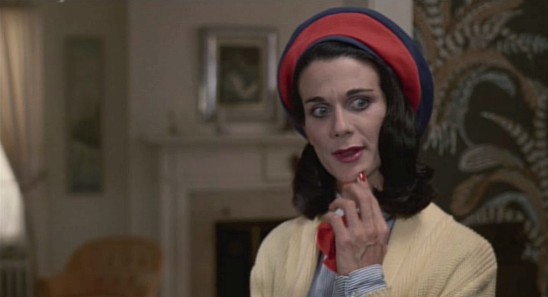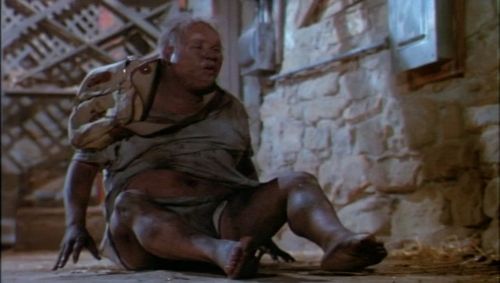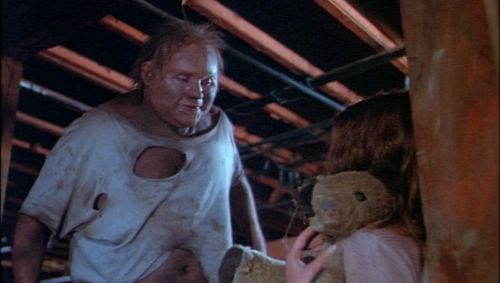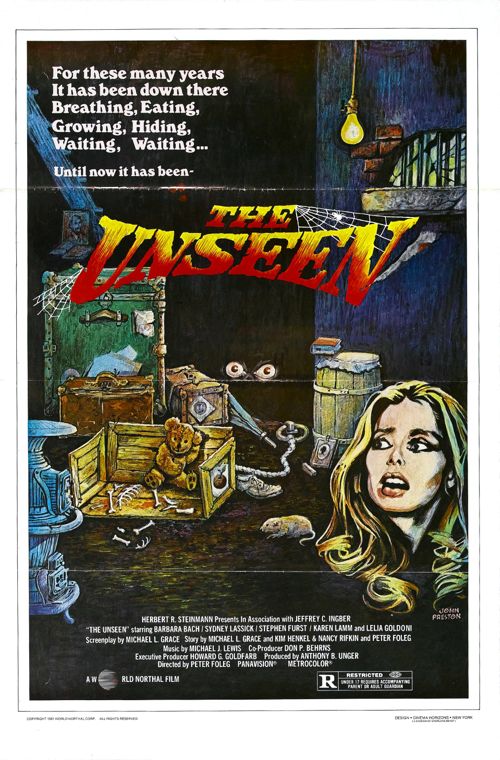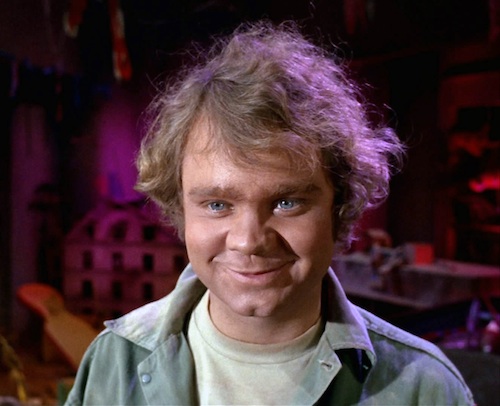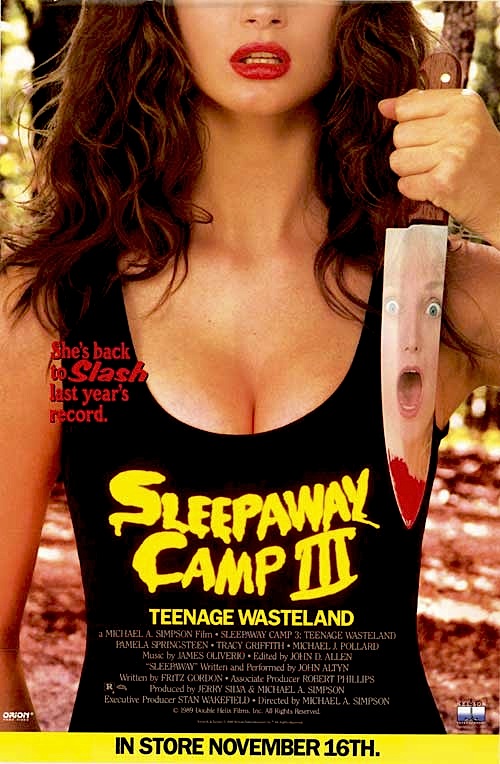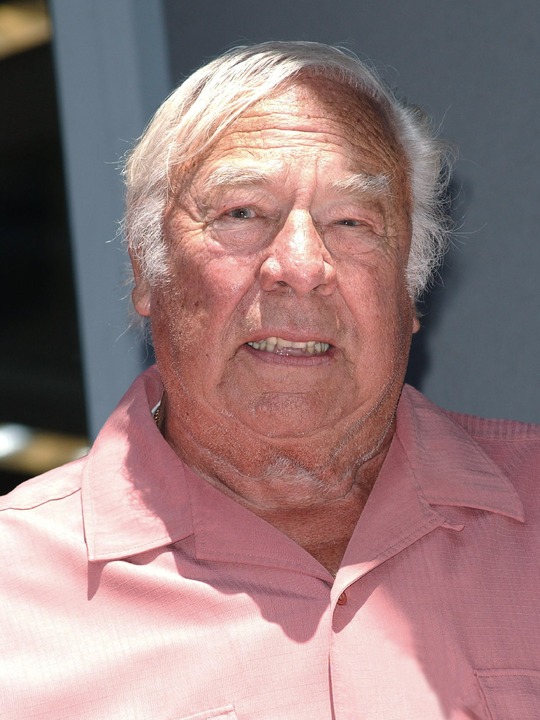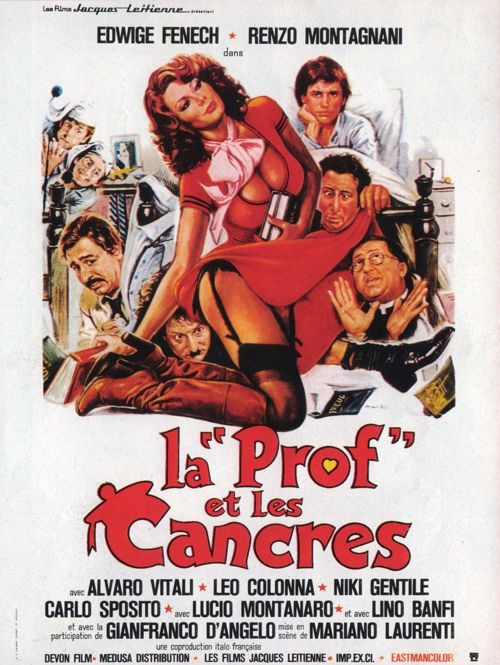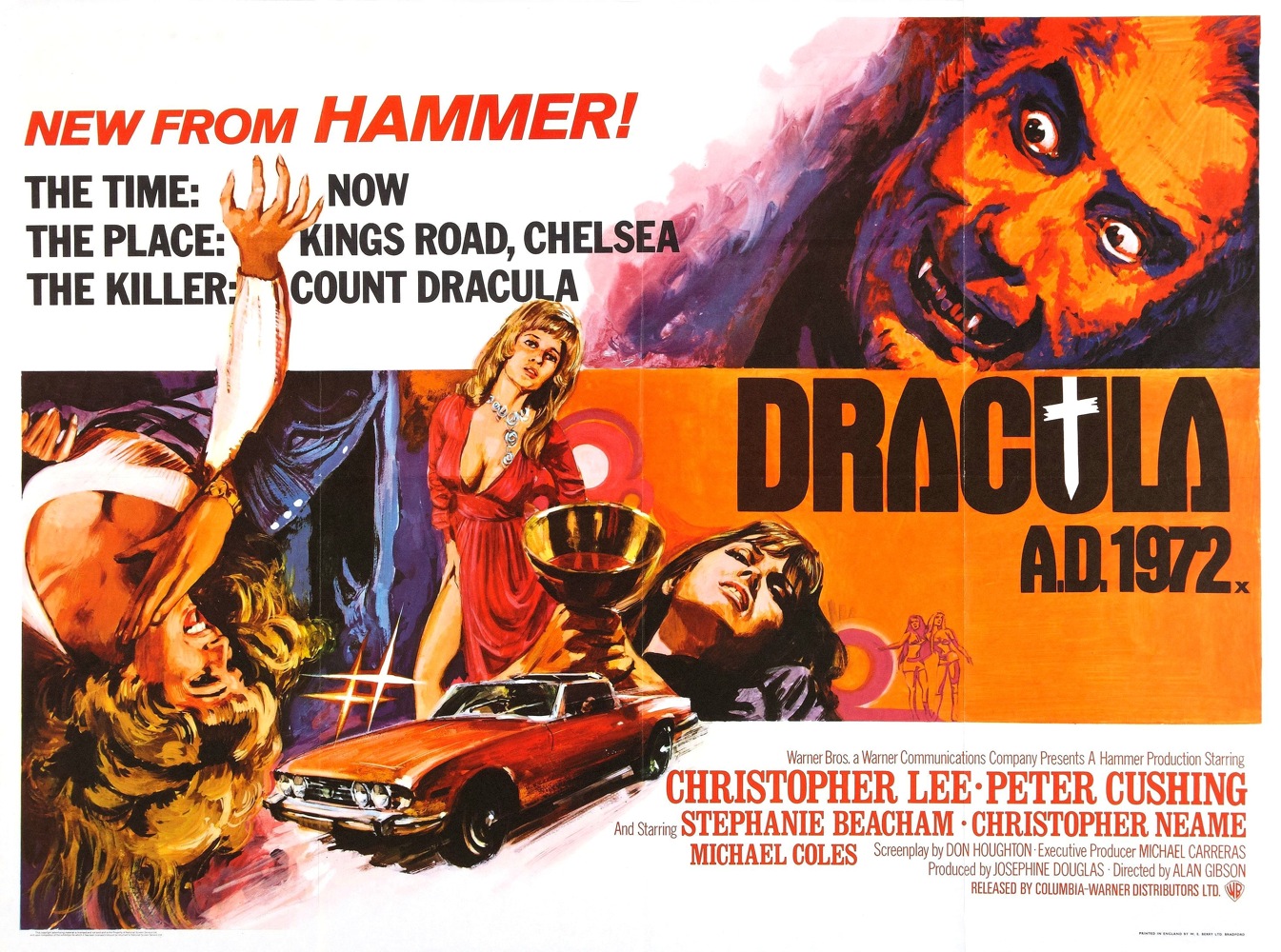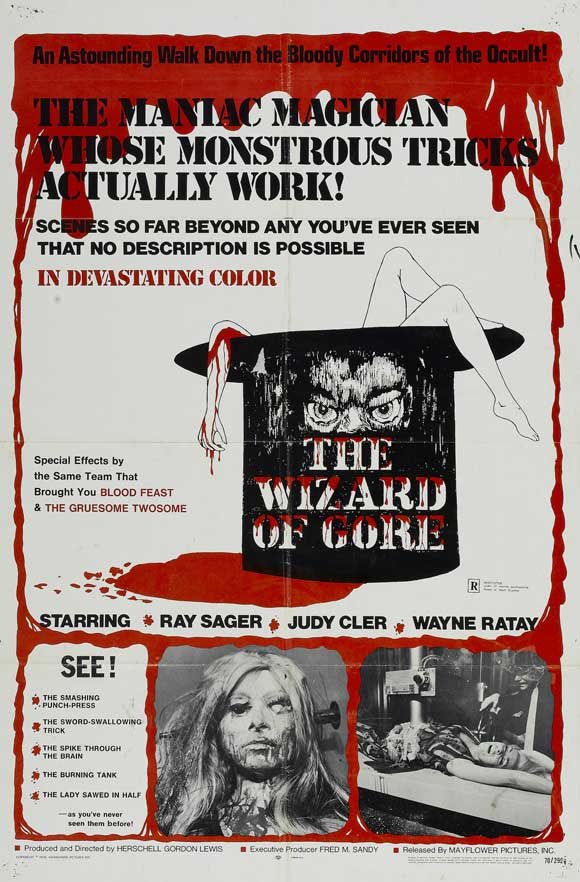Hollywood Halloween Costume Calvecade: Part Three
 Tuesday, October 11, 2011 at 6:00AM
Tuesday, October 11, 2011 at 6:00AM Our October investigation into horror movie themed Halloween costumes that don't immediately come to mind continues with another costume for the ladies that I suspect would prove to be immediately popular, but not because everyone loves the movie it's based on.
Three years after "directing" Poltergeist (sarcastic quotation marks used 'cuz Spielberg totally directed that shit), Tobe Hooper finally returned to the silver screen with his biggest budgeted movie yet. Made for $25,000,000 back when that was a number that meant something, Lifeforce was Cannon Films' attempt to create an epic SF horror franchise. The attempt failed, however, and--following the similarly disastrous Invaders From Mars--Hooper's career never really recovered. Still, as resolutely forgettable as the movie is (I've seen it at least twice now and am in no way prepared to offer up even the most cursory of plot synopses), there is one character in the film who managed to make their mark on horror history and become something of an icon.
I am, of course, talking about:
Unfortunately, society being what it is, propriety prevents me from showing the costume in every detail. Those of you at home or who work in highly liberal office environments can get a better idea by clicking the picture, otherwise consider the enlarged version NSFW. Now, for those you who haven't seen Lifeforce and who might question the legitimacy of such a costume, let me ease your concerns by saying that this is what actress Mathilda May wears throughout the entire film. And her role as Space Girl gives her fifth billing above Patrick Stewart, so she's definitely not a one-scene wonder.
That said, it's hard to say what exactly makes Space Girl such a memorable character. Is it because she's a naked 19 year-old girl or is it because she's a naked 19 year-old Mathilda May--which isn't quite the same thing, because how many 19 year-old girls do you know who look like that? (If your answer is, "At least one," then why are you reading this and not praying to the deity of your choosing?)
Still, I suspect in an age where attractive 20-something women make Halloween memorable by dressing as "sexy" versions of Sesame Street characters, there are more than enough trick or treaters out there to pull this one off. But before we get too giddy, let's check the scores first:
Difficulty to Create: This one depends entirely on the person for whom the outfit is intended. If you're a naturally busty brunette Parisian teenage model it's a 0/10. If you're me 1,000,000,000/10.
Obscurity: Again, doesn't matter. No one is gonna give a hot flying fuck about who you're dressed as.
Fun Factor: 10/10 You are going to be the life of the party, there is not a single doubt about that.
Potential "Sexy" Version: Ha!
Might Be Confused With: Phoebe Cates in Fast Times At Ridgemont High.
Total Score: Impossible to calculate. As a movie themed costume, it's likely not going to register, but as a general costume the right person could easily make their event THE SINGLE GREATEST HALLOWEEN PARTY OF ALL TIME.


